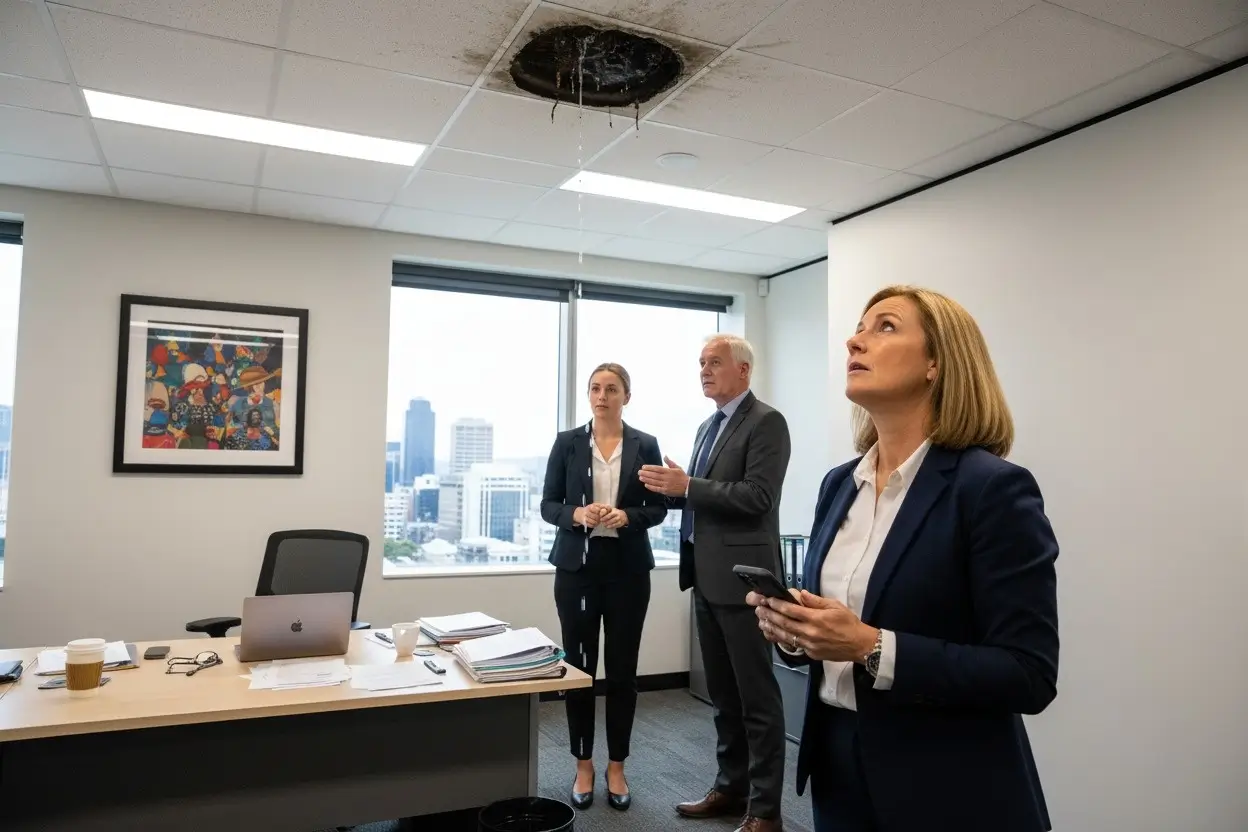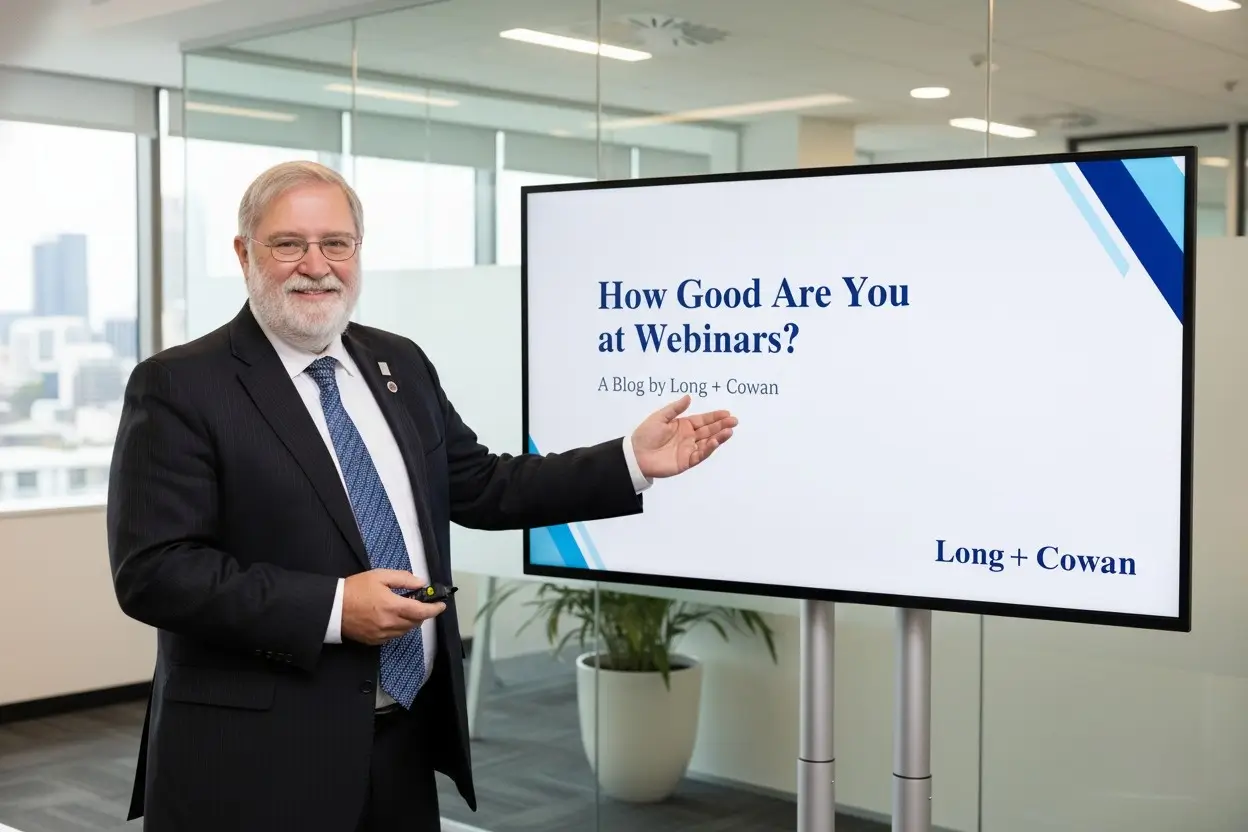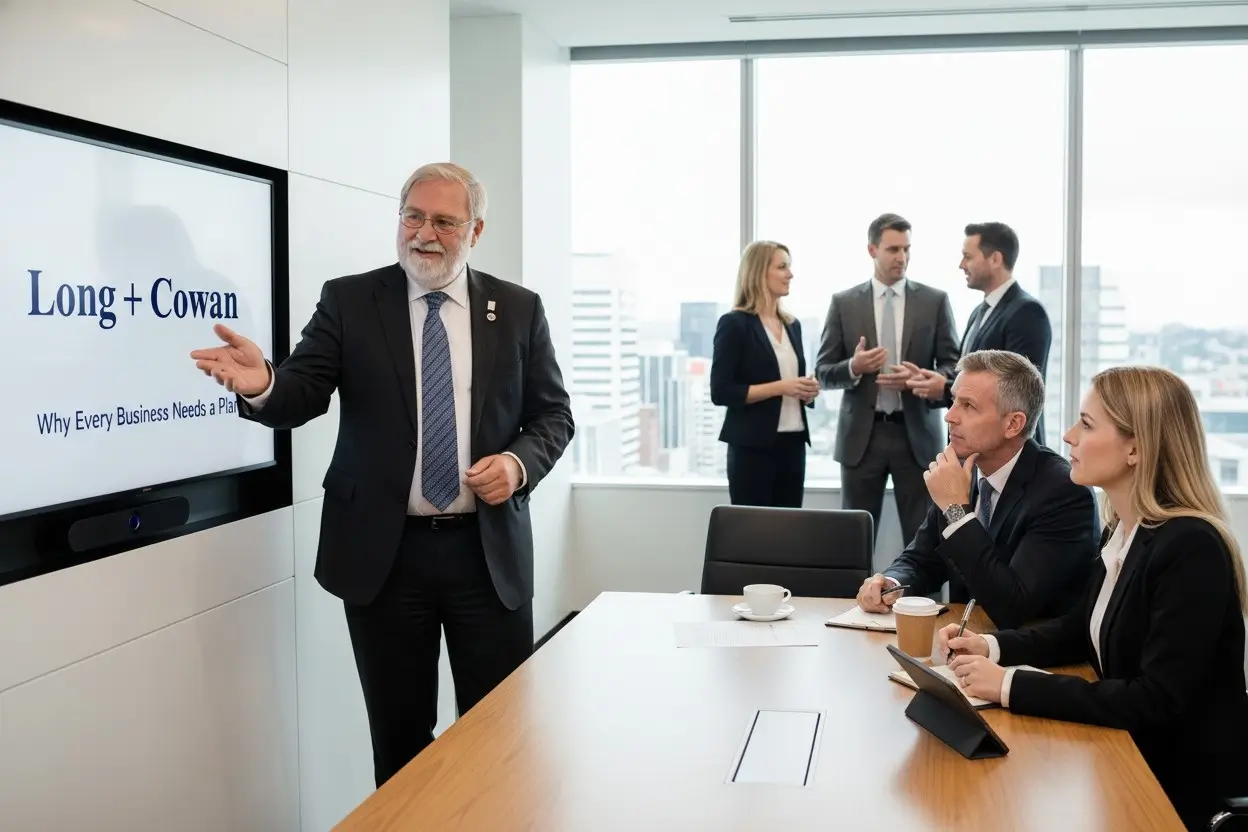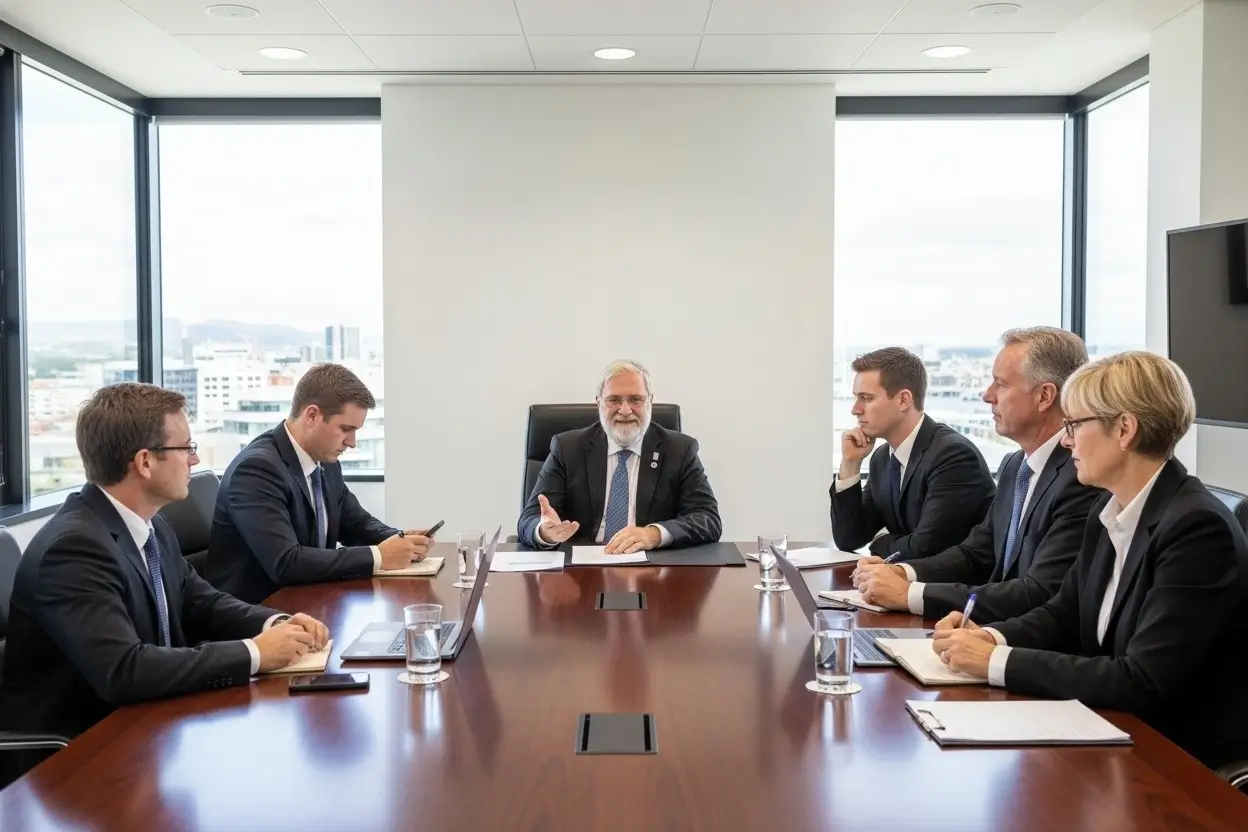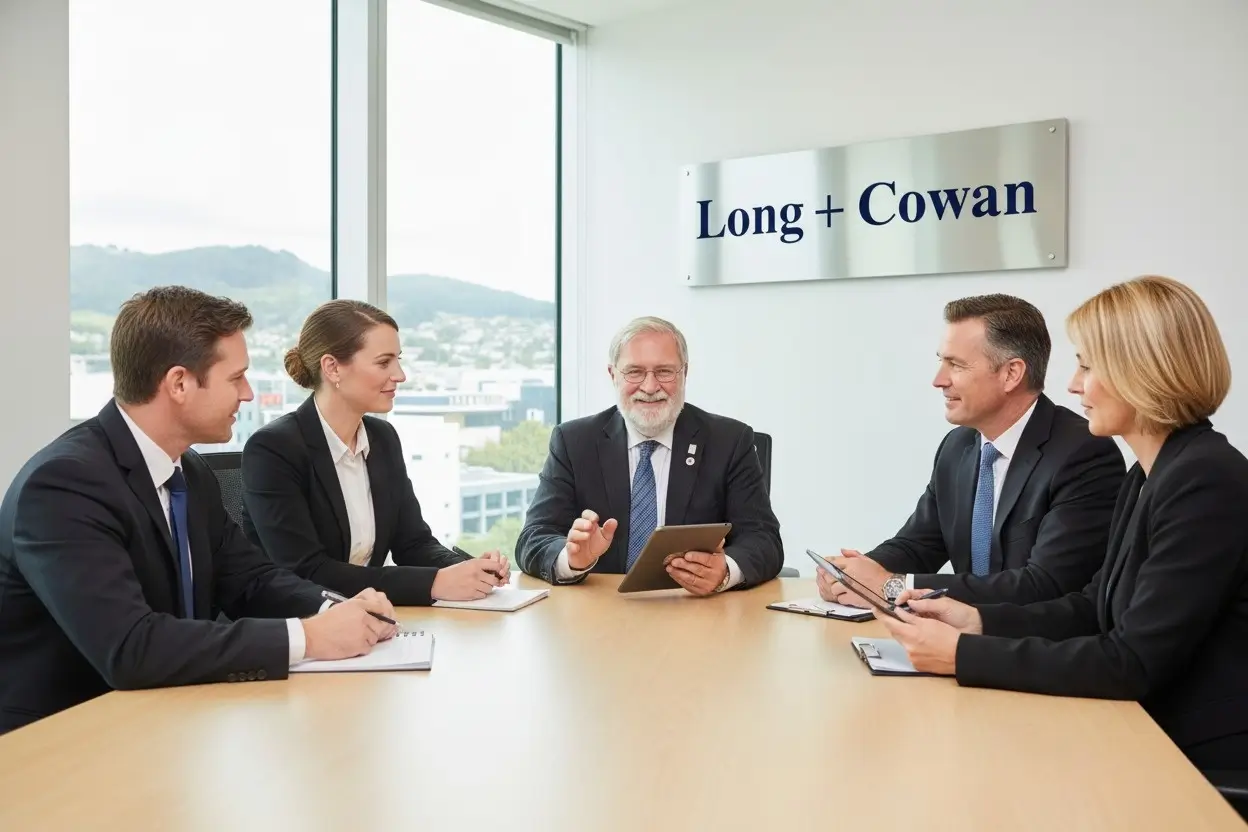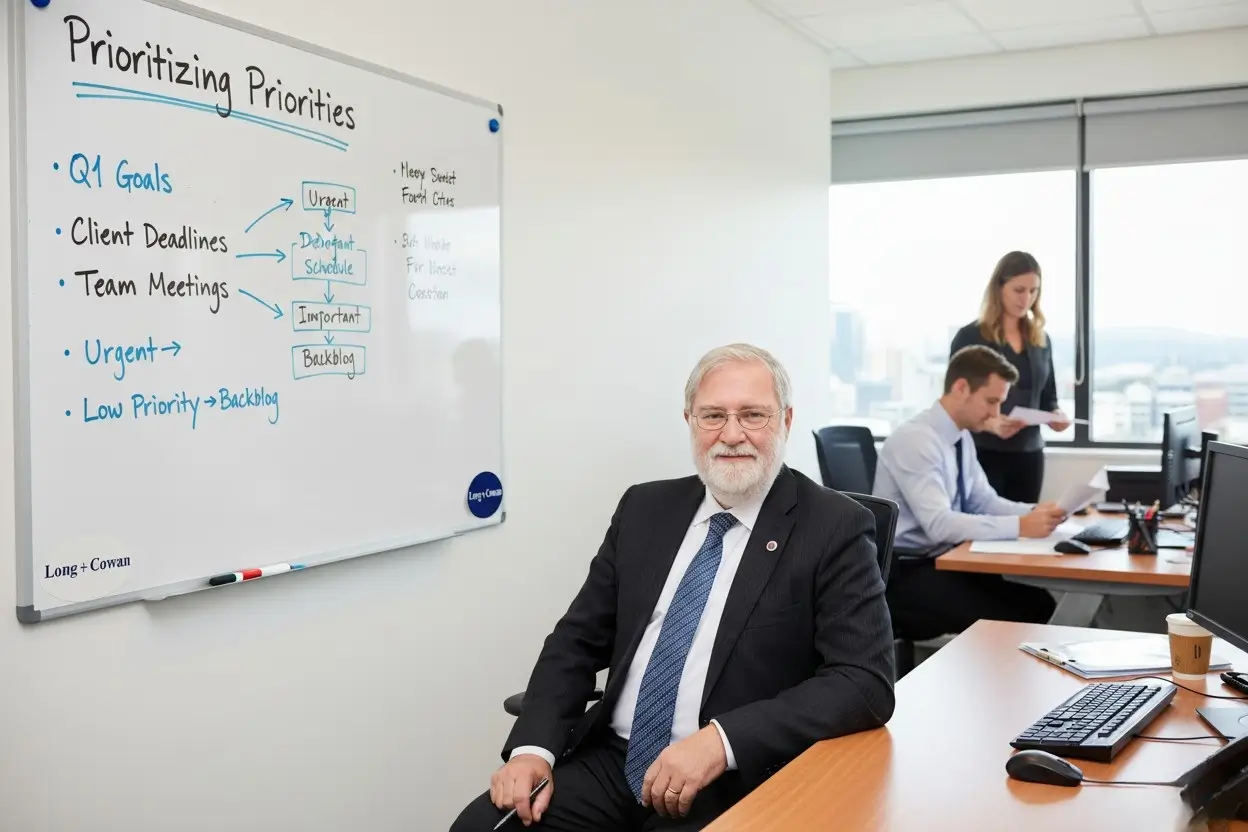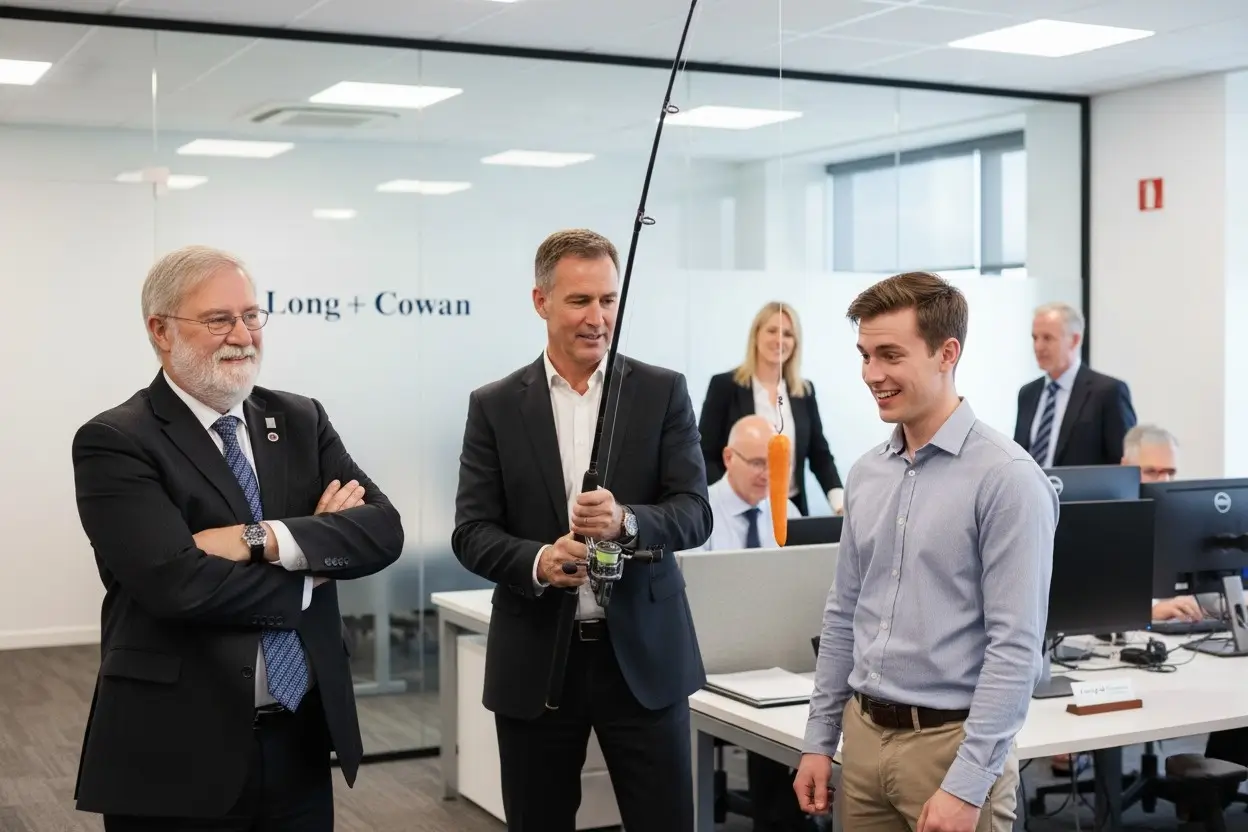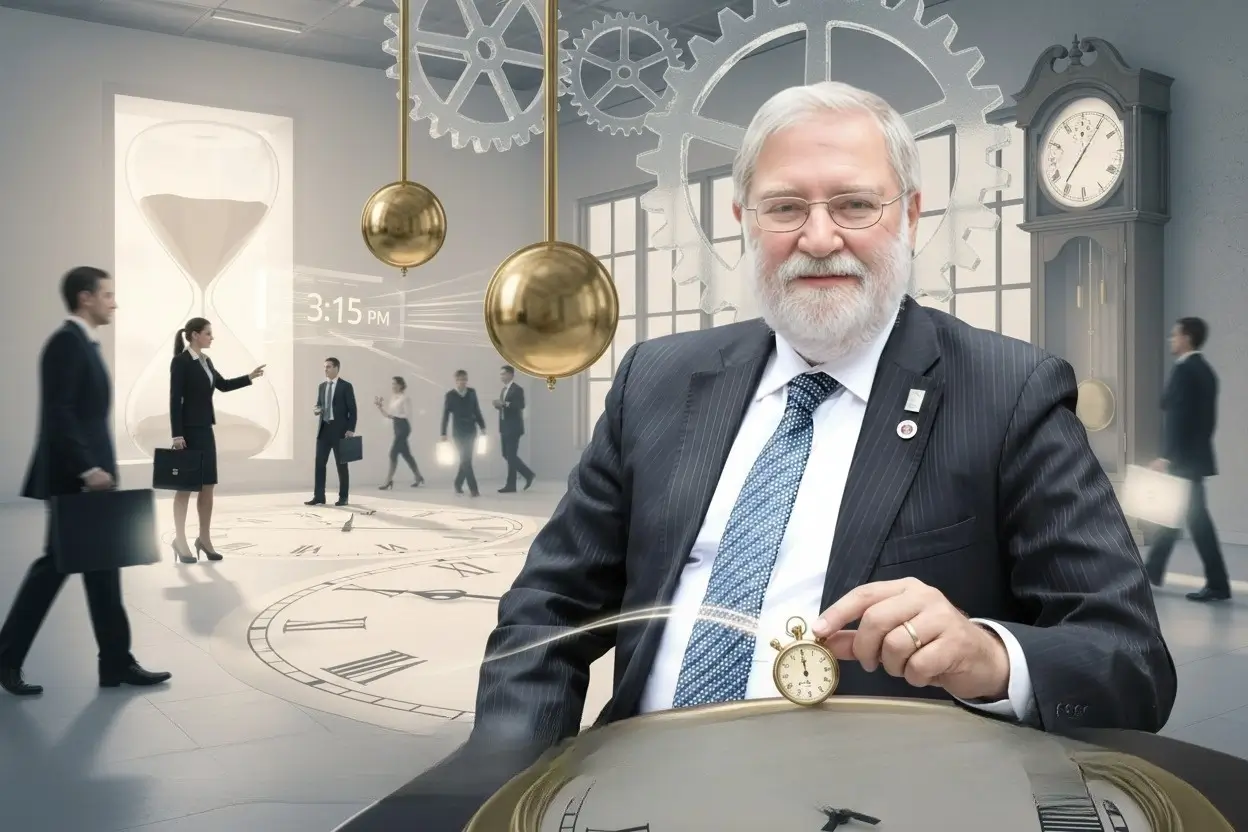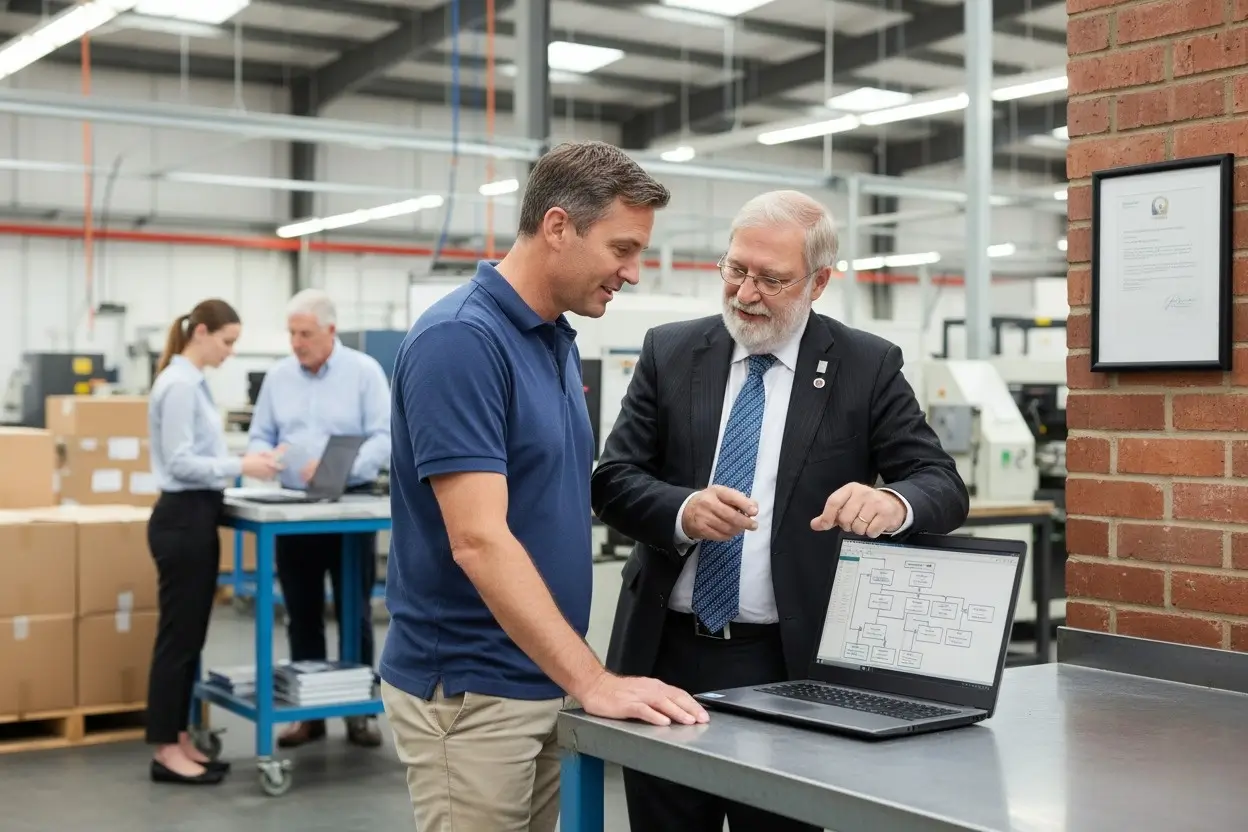Why Interruptions Undermine Productivity
Every business day is filled with distractions that disrupt concentration. Learning managing interruptions effectively is vital to maintaining productivity. At Long + Cowan, we often see Wellington professionals lose hours each week to unnecessary interruptions that could be reduced or avoided with better planning.
Interruptions may seem small, but they fragment attention and reduce the quality of work. Each disruption forces the brain to refocus, costing valuable time. Managing them strategically helps businesses reclaim lost hours and improve overall performance.
Identifying Common Sources of Interruption
Before controlling interruptions, identify where they come from. Typical sources include phone calls, emails, instant messages, meetings, and unplanned staff visits. Even well-intentioned interactions can derail progress.
List the most frequent disruptions you face during a normal week. Recognising patterns helps you design solutions that target root causes instead of symptoms. Awareness is the first step toward effective management.
Setting Boundaries Around Availability
Boundaries protect focus. Let colleagues and clients know when you are available and when you need uninterrupted time. Clear expectations reduce spontaneous disruptions without appearing unhelpful.
For example, establish “quiet hours” during which you work on complex tasks. Use your calendar or communication tools to indicate availability. In Wellington offices, where collaboration is frequent, structure prevents interruption from becoming habit.
Managing Emails and Digital Notifications
Digital communication is one of the biggest workplace distractions. Constant email alerts and instant messages demand immediate attention. To regain control, schedule specific times to check messages rather than responding as they arrive.
Disable unnecessary notifications and prioritise urgent messages only. At Long + Cowan, we recommend clients allocate two or three short sessions per day for correspondence. This structure allows deeper focus during the remaining hours.
Creating a Productive Work Environment
The physical workspace affects concentration. A cluttered desk, loud surroundings, or constant movement nearby can break focus. Simplify your environment by keeping only essential items within reach and reducing noise where possible.
If working in a shared office, consider using quiet zones or noise-cancelling headphones. A calm, organised space signals focus and discourages casual interruptions.
Planning the Day with Clear Priorities
A structured schedule helps resist distraction. Begin each day by identifying top priorities. When you know exactly what must be accomplished, interruptions become easier to evaluate. Ask whether each distraction supports or delays your goals.
Divide your day into focus blocks dedicated to specific work. During these blocks, avoid multitasking and minimise communication. Setting clear priorities creates discipline and improves output.
Communicating Expectations with Your Team
Team culture determines how interruptions are handled. Encourage colleagues to respect one another’s concentration by introducing shared focus guidelines. Discuss when quick questions are appropriate and when they should wait.
Managers can model this behaviour by protecting their own time and respecting staff boundaries. A workplace that values uninterrupted work time improves both quality and morale.
Handling Necessary Interruptions Efficiently
Some interruptions are unavoidable. Clients may require immediate answers, or urgent issues might need attention. In these cases, handle them quickly and professionally, then return to your primary task immediately.
Keep notes on where you left off to reduce the time needed to refocus. Brief recovery techniques, such as deep breathing or a short stretch, help reset concentration before resuming work.
Using Technology to Reduce Disruption
Technology can create distractions, but it can also prevent them. Tools that manage workflow, automate reminders, or track time help maintain structure. Use shared calendars to schedule meetings and project management software to centralise communication.
By keeping updates in one place, you reduce the need for repeated questions or follow-ups. Systems such as Xero for financial management or Trello for project tracking streamline operations and minimise interruption.
Limiting Unnecessary Meetings
Meetings are among the most common interruptions. Ensure every meeting has a clear purpose, agenda, and time limit. Decline invitations where attendance is not essential, or request a summary instead.
Encourage brief stand-up meetings for quick updates. This approach saves time while maintaining alignment. When meetings are short and structured, focus across the team remains stronger throughout the day.
Training Staff to Respect Focus Time
Teamwide training reinforces the value of concentration. Discuss the impact of interruptions during staff meetings and introduce strategies that support deep work. Encourage employees to plan communication carefully and avoid interrupting colleagues unnecessarily.
Creating shared responsibility builds accountability. When everyone values focus, the entire organisation benefits from improved efficiency and reduced stress.
Developing Habits That Support Concentration
Strong focus develops through habit. Start by dedicating small time blocks to uninterrupted work. Gradually increase these periods as your ability to concentrate improves. Consistency transforms short focus sessions into long, productive stretches.
Avoid multitasking; it divides attention and increases errors. Single-tasking builds quality and confidence. Each completed task delivers momentum and reinforces the habit of focus.
Balancing Accessibility with Productivity
Managers must remain available while maintaining their own productivity. The solution lies in structured accessibility. Set defined office hours or communication windows. Outside those times, focus on strategic or technical work that requires deep thought.
Balancing responsiveness with focus demonstrates professionalism and discipline. Clients appreciate timely, thoughtful communication more than constant availability without results.
Applying Focus Principles Across Wellington Businesses
Across Wellington Central, Thorndon, and Te Aro, professionals face constant digital and interpersonal demands. Effective managing interruptions allows teams to reclaim time, reduce stress, and produce higher-quality results.
By creating systems that respect attention and structure communication, businesses strengthen both efficiency and employee satisfaction. A focused workplace performs better, supports growth, and improves service delivery.
Partnering to Improve Workplace Efficiency
Long + Cowan helps Wellington businesses improve workflow, time management, and operational efficiency. We assist clients in designing systems that protect focus, streamline communication, and align work habits with business goals.
For practical advice on improving productivity and reducing interruptions, contact us for more info by filling in an enquiry form or e-mailing or calling us during office hours. Controlling interruptions creates space for meaningful progress and stronger results.

